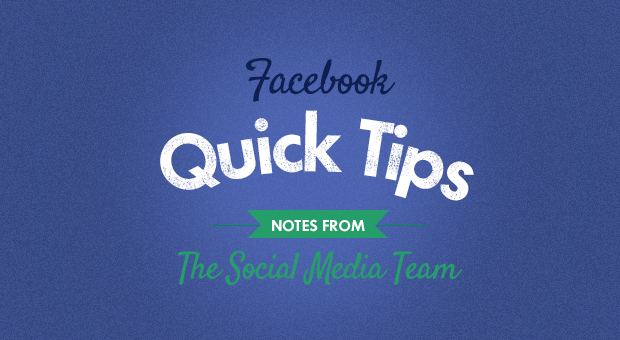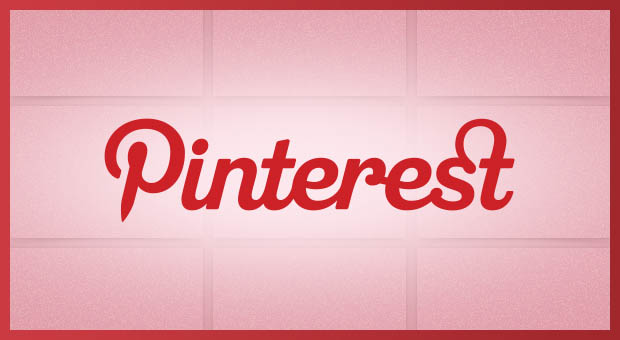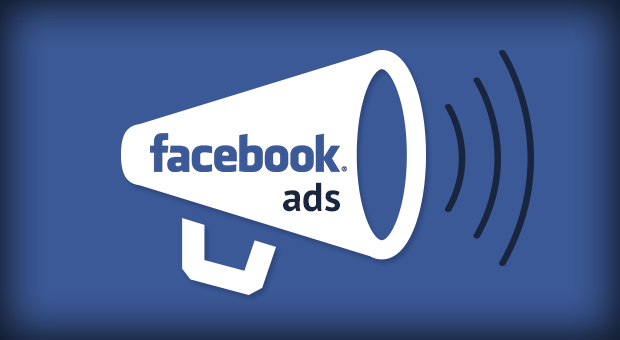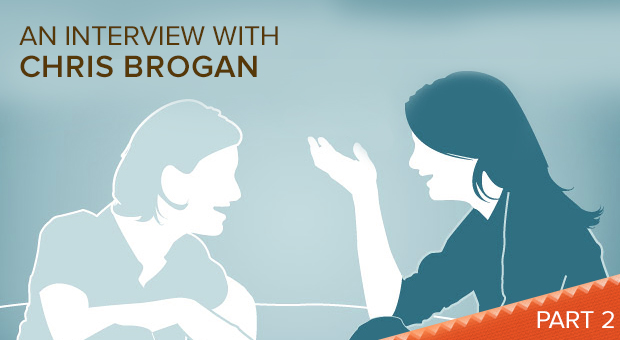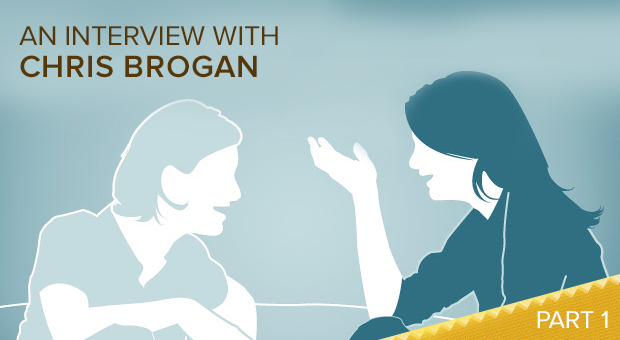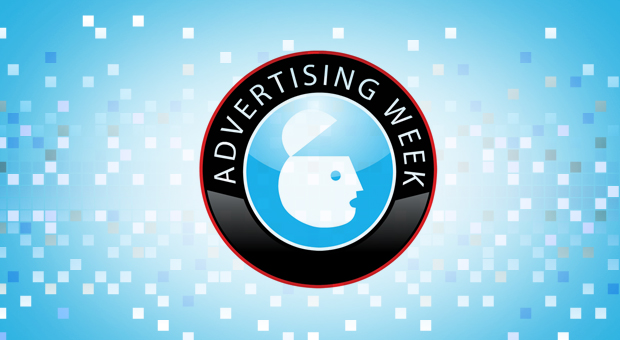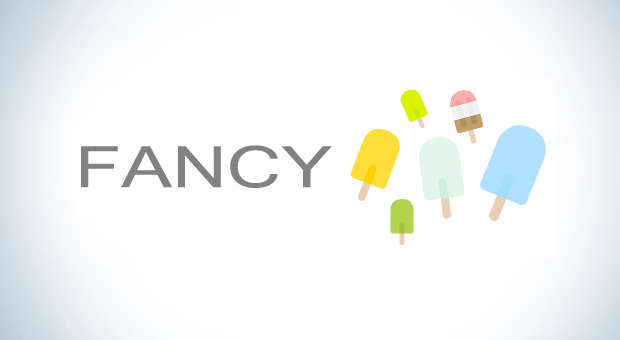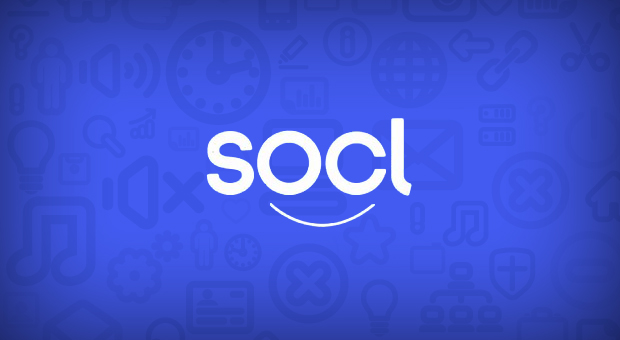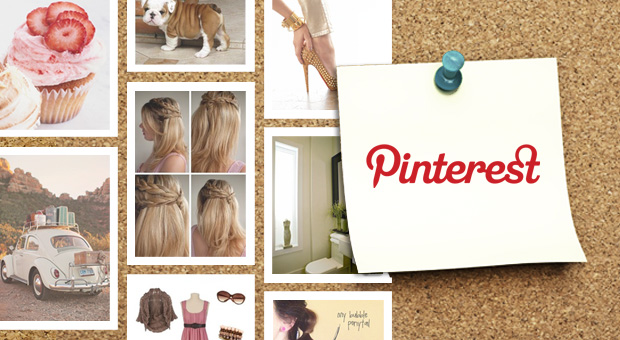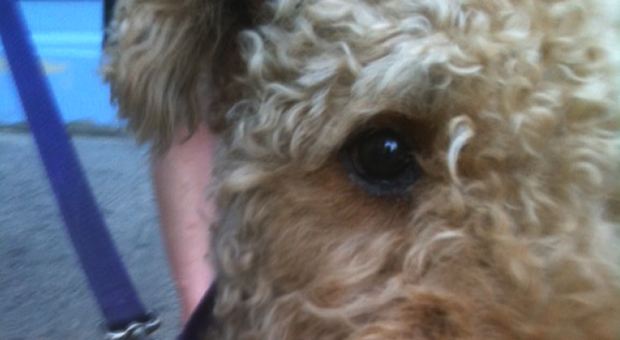If your grandparents looked like they crawled off a Clairol box, then congrats on hitting the genetic lottery. For the rest of us, stock images showing perfect people in perfect families just aren’t relatable. They also just don’t work well on social and here is why…
What is one of the worst things brands can do on social media? Use stock photos! Stock photos and product shots on social make us cringe, but the practice is all too common. If your social media marketing strategy involves stock imagery and products shots we have rounded up the top reasons to convince you to change it up.
Here are the top reasons not to use stock photos in your social posts:
1. Who are these people anyway?
If your grandparents looked like they crawled off a Clairol box, then congrats on hitting the genetic lottery. For the rest of us, stock images showing perfect people in perfect families just aren’t relatable.
Showing images of real people using your products, who are truly enthusiastic, are going to go much further with your target audience. Your brand’s likes, share and overall engagement will go up.
2. Cans lack soul.
It’s a can of cat food. Yes, if you are a cat owner you probably have a brand of cat food that you like. And, if you are the cat food company then you probably paid thousands for a photo shoot in which each piece of niblet of meat in this can was arranged.
But, chances are if you saw this can of cat food pop up in your newsfeed accompanied by copy like “Like this if your cat eats this”- you would not even pause for a second look. Even if it had the most gorgeous label in the world. It’s still just a can.
On the other hand….
If you are a cat food company and post a pic of a real cat a user shared on your wall or on another social platform, who is super cute, and put your branding on it, BOOM. Magic happens…
People will share. Fancy Feast rocks this tactic all the time on Facebook, and their images get a lot of love. Always think about your brand’s content from the user’s perspective- not just the brand perspective.
If your brand is posting cans, bags and other product shots- not matter how lovingly poised that product may be, it will never have the soul of a user generated image.
3. Stock photos aren’t funny, smart or interesting
Think about it for a moment. You went to school for photography. You have to make extra cash. So, you create the most generic images possible like the above “couple brushing teeth” and add a million random tags to the photo in the hopes that your image will be downloaded enough times that you can buy groceries this week.
The result: Boring images.
This image was posted on Colgate’s wall. A consumer is proving the whitening power of their toothpaste with a photo taken in black light.
That would be a very funny post from the brand as well, but instead Colgate responded “HAHAHA” and let the post wither on the “Recent Posts by Others” vine, instead of using the image in a post on their own wall with thanks to the user who submitted it.
Instead they use images like this…
I don’t mean to pick on Colgate or their agency or in-house person tasked with picking stock photos of perfect people with perfecter teeth.
They are just typical of the way brands use images to little effect on social.
So, use real user generated image on your wall and consumers will see that you are paying attention to them, and even better that you are celebrating their relationship with your brand. They may also post a pic in the hopes that they will get a star turn in your brand’s posts.
Have you made the switch from product beauty shots and stock images to user generated on social? Leave a comment and share your thoughts!







